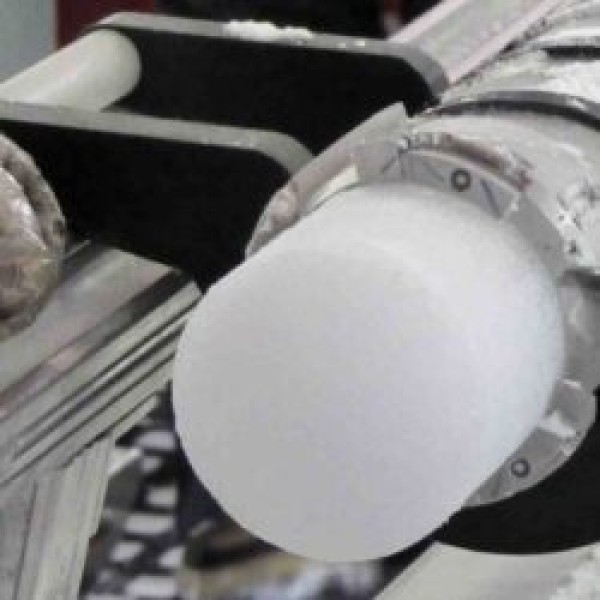Giuseppe Cortese
Science Team
GNS Science
What is your role on the SWAIS2C project?
Micropaleontologist working in biostratigraphy.
In your own words, what is the SWAIS2C project about?
Collecting and interpreting records of past climate variability from a special time and place: The time is one when global temperatures where about 2degC warmer than pre-industrial. This temperature is the same as the one identified in the Paris Agreement as a too dangerous threshold to cross, if we want to avoid disastrous consequences. The place is the Antarctic ice shelf, one of the most sensitive regions to climate change worldwide.
What are you most excited about learning (or possibly learning) as a result of the SWAIS2C project?
What was the response of this part of the world to high levels of warming. That response has massive consequences to what happens to sea level rise globally, how good our models are at capturing that, and what happens in the ocean under such climate state.
Have you ever visited Antarctica before?
I’ve been involved in quite a few Antarctic projects... I have been to Antarctica, twice. Once was on a German icebreaker exploring the only known oceanic meteorite impact (the Eltanin impact site, way off to the SW of Chile). We also flew by helicopter over Peter I island on the Antarctic coast in the Amundsen Sea. As part of that expedition we also crossed the whole Pacific Ocean from Punta Arenas to Wellington, collecting sediment cores from many climate zones to better baseline climate variability and improve the proxies we use to reconstruct past climate.
I have also been on a drilling expedition to the Ross Sea shelf (IODP Exp. 374), which included some very similar scientific objectives to SWAIS2C. I’ve also participated on a couple of other expeditions to the Southern Ocean.
More on Gio is here.
